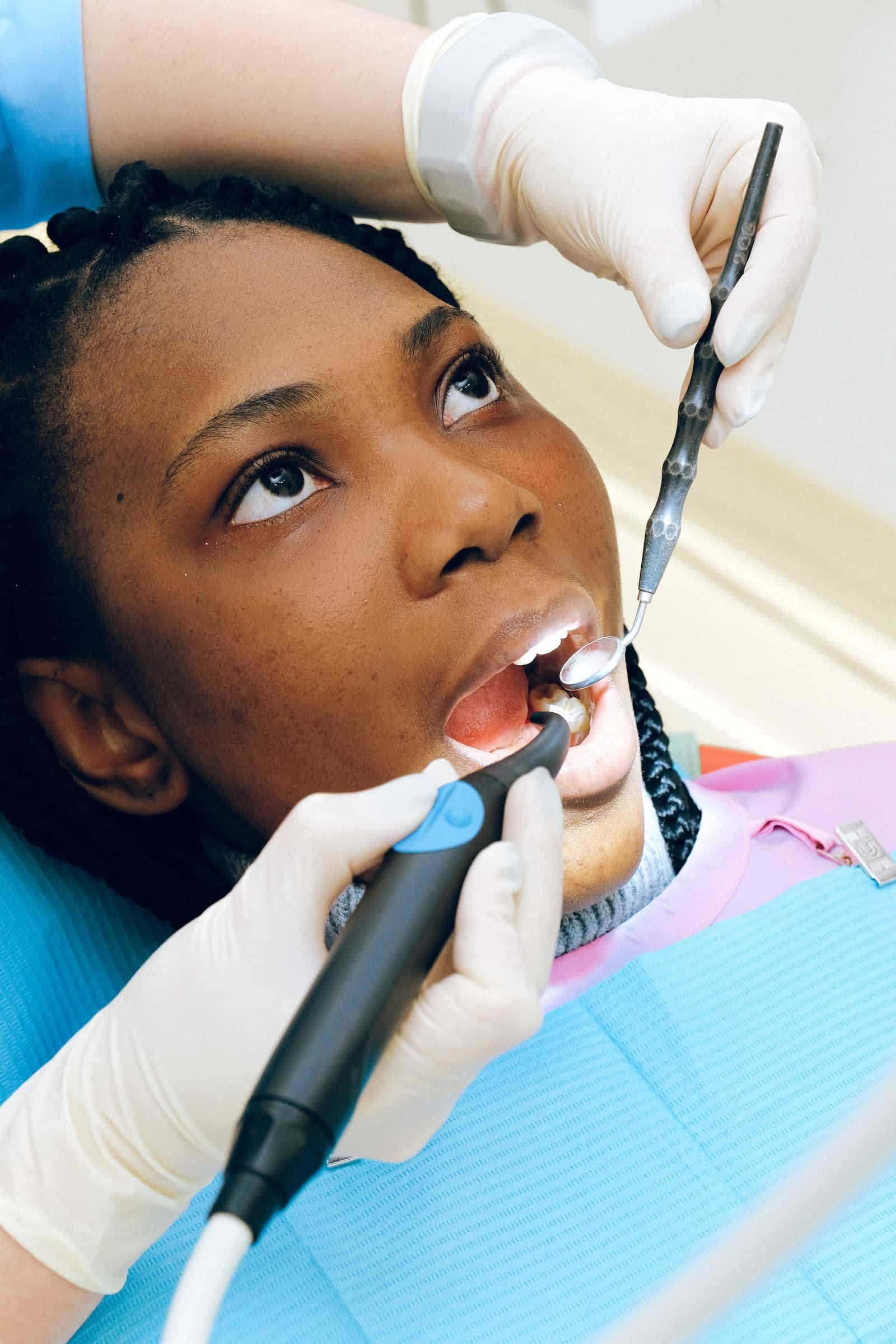
14 Jan Do I Have to Replace My Extracted Tooth?
You May Need To Extract A Tooth
When it comes to dental health, preventive care is key. But sometimes, teeth cannot be saved and require extraction. Tooth extractions are done when there is a severe infection or decay that has progressed too far to repair, if the tooth is impacted, or if there is overcrowding in the oral cavity.
If you have a severely damaged or decayed tooth, it’s important that you get it extracted as soon as possible in order to prevent any further damage and infections. If ignored for too long, the bacteria can spread and cause more serious problems such as an abscessed tooth, which could lead to potentially life-threatening conditions if left untreated. Additionally, an extraction prevents the possibility of dental trauma in the future by removing a tooth that is likely to suffer more damage.
Before having an extraction, your dentist will examine any x-rays and discuss your treatment options with you. During the procedure, the tooth will be numbed so that you don’t feel any pain during the extraction. Afterward, it is important to follow your dentist’s instructions for post-operative care such as using ice packs or taking antibiotics as needed to help reduce swelling and discomfort. It’s also important to get plenty of rest while avoiding strenuous activities or eating crunchy foods that could irritate the area. Finally, make sure you always keep regular appointments with your dentist, even after extractions to ensure proper healing and continued dental health.
Do I Need To Replace It?
Replacing an extracted tooth is not always a necessity. After the extraction, if you don’t feel any discomfort or notice any changes in your bite, then it’s usually fine to go without replacing the missing tooth.
However, if you’re experiencing pain or discomfort that may be caused by the missing tooth, then replacement is likely recommended. Additionally, there are aesthetic reasons for wanting to replace an extracted tooth as well. A missing tooth can cause other teeth to shift out of place and make your smile look uneven.
What Could Happen?
If a missing tooth isn’t replaced, it can cause a number of problems, including difficulty speaking and eating, as well as an increased risk of developing gum disease or jaw pain. Any teeth that are next to the empty space may drift out of position and cause further issues in the future. Furthermore, not replacing an extracted tooth can also lead to potential facial changes such as sunken cheeks due to a decrease in bone support from the missing tooth root.
In addition, unsightly gaps and overlapping of other teeth are common if an extracted tooth is left untreated for too long. As time passes without replacement treatment being done, it becomes harder to create a stable restoration. If a missing tooth isn’t replaced in a timely manner, it can cause your other teeth to become misaligned and create an uneven bite.
For all of these reasons, it is important to discuss options with your dentist for replacing an extracted tooth as soon as possible. Replacing missing teeth helps maintain the health of your mouth and also prevents further damage to surrounding teeth. There are many available replacement options that range in cost depending on the treatment chosen.
Wait, Will My Teeth Shift?

When one tooth is removed from the mouth, other teeth will start to shift and move. The process is known as dental drift and can be accelerated by certain factors such as age, missing or loose teeth, uneven bite force, or poor diet.
The first type of dental drift occurs when two adjacent teeth begin to lean inwards toward each other. This often happens when there are missing teeth between them, resulting in increased pressure on their biting surfaces and causing them to migrate toward each other. This can create an overlap between the two teeth that may need to be corrected with orthodontic treatments such as braces or Invisalign.
The second type of dental drift is called a tipping movement, which occurs when the teeth start to move outwards from their original position and tip towards the outside of the mouth. This can cause crowding, which in turn can lead to further issues such as increased tooth decay and gum inflammation. In addition, if left untreated, it can also cause changes to your bite that could make it difficult for you to eat certain foods or even speak clearly.
If you’ve had a tooth extracted recently, it’s important that you take steps to prevent any further shifting or drifting of your remaining teeth. This means regular visits to your dentist for checkups and cleanings, avoiding sugary and acidic foods, and brushing and flossing your teeth twice a day. Additionally, if you have any loose or missing teeth, you should consider getting them replaced with either a dental bridge or an implant as soon as possible to prevent further damage.
What Options Do I Have?
When it comes to replacing an extracted tooth, there are a few different options available.
- Dental Implants-The most common option is dental implants, which involve placing a metal post into the jawbone where the missing tooth was located. Once healed, the post serves as an artificial root upon which a false crown can be placed that looks and functions like a natural tooth.
- Dentures- Another viable solution is dentures, either in full or partial form. Full dentures replace all of the teeth on one arch while partial dentures fill in gaps between remaining natural teeth. Both full and partial dentures use acrylic resin to create false teeth that attach to pink plastic gum tissue for support and stability in the mouth.
- Bridges- A bridge is another popular replacement option for a missing tooth. Bridges are custom-made to fit the patient’s mouth and utilize natural teeth on either side of the gap as anchors, with a false tooth in between. As all three pieces are fastened together, they create a secure replacement solution that looks and functions like an individual tooth.
- Leave It- Finally, there is the option of leaving the space empty. While this is not always ideal for aesthetic purposes, it can be suitable for some patients who do not want the expense or commitment of other options such as implants or bridges.
Each option can be decided based on your personal need.
 On The Other Hand
On The Other Hand
When it comes to tooth extraction, many people think that replacing the extracted tooth with an artificial one is the only way to go. However, this isn’t always the case. In some cases, having an extra space in your mouth may seem like a disadvantage but actually can have several benefits that you should consider before going ahead with a dental prosthetic.
- Natural teeth provide better support and stability than prosthetics do – they are also more durable and don’t require as frequent replacements or repairs as artificial teeth can.
- Additionally, missing a single tooth will not cause any problems with chewing or eating; your remaining teeth will naturally shift and fill the gap, creating a more balanced bite.
- Having an empty space in your mouth may actually prevent further oral health problems from developing. By not placing a dental prosthetic in the extracted tooth’s place, you are allowing other teeth to move and shift properly; this can help prevent any misalignment or crowding issues in your mouth that could cause pain or difficulty with brushing and flossing.
- Additionally, avoiding a prosthetic can reduce the risk of plaque build-up on artificial crowns and bridges, which could lead to decay or gum disease.
So, with all of this information, the choice is truly up to you and your dentist. Replacing the extracted tooth with a dental implant or bridge ensures that patients can enjoy the convenience and comfort of restored oral function, but it is not always a necessity.



Sorry, the comment form is closed at this time.